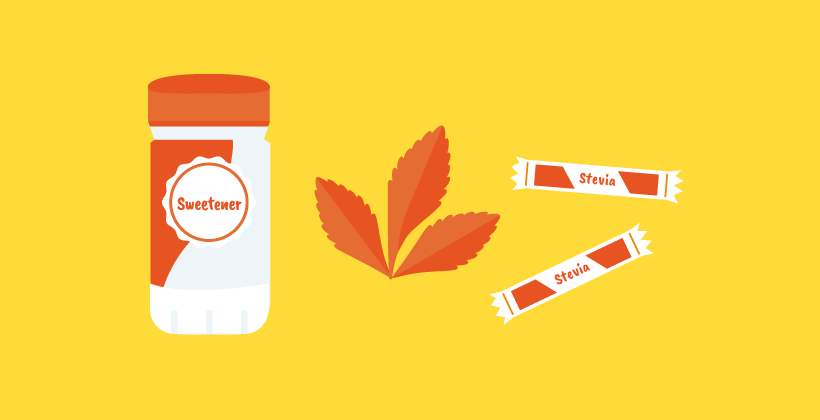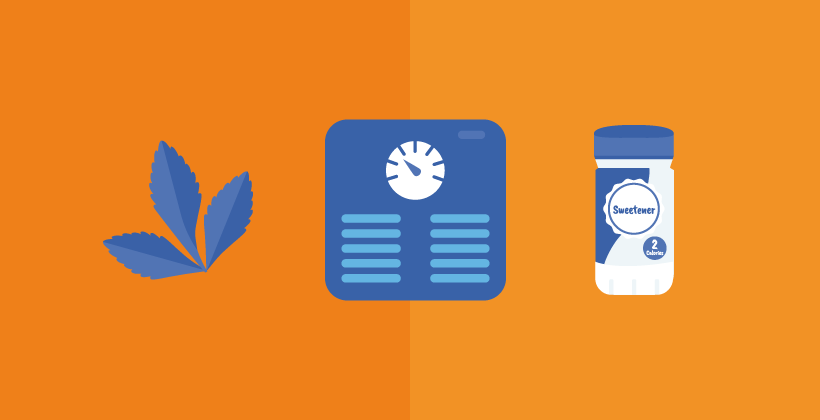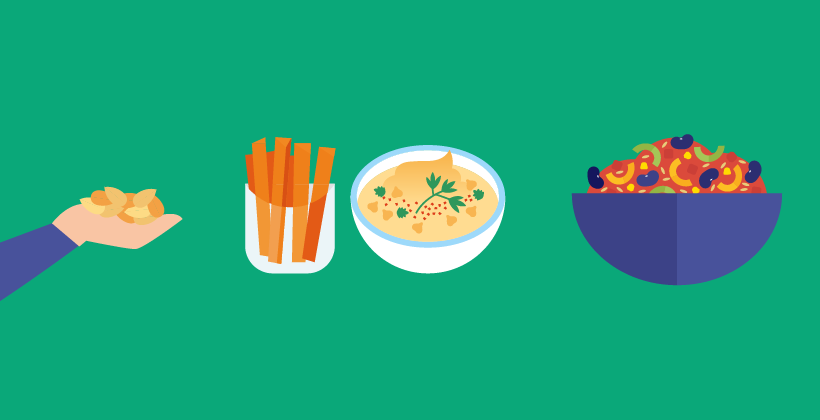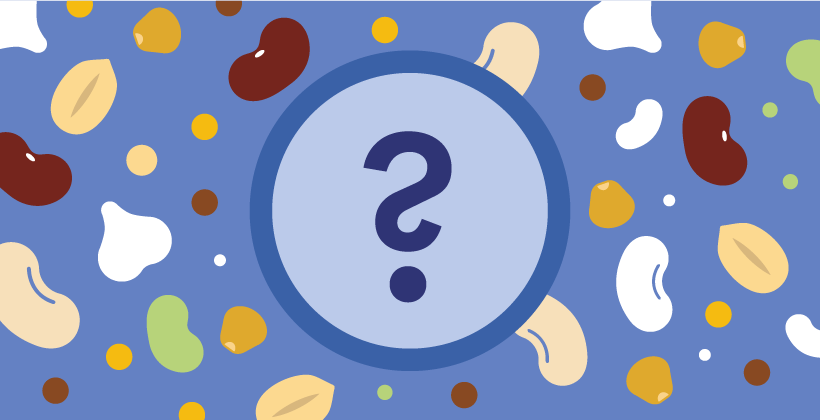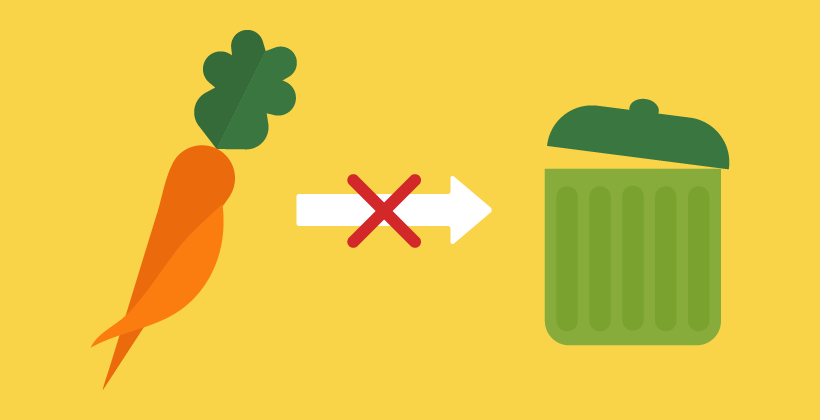Stevia: A natural sweetener with potential
Last Updated : 14 November 2009Used by the indigenous peoples of South America for centuries, the plant Stevia has recently hit the headlines. Stevia contains natural sweeteners, called steviol glycosides, which taste up to 300 times sweeter than sugar without providing calories. A new addition to the sweetness portfolio that could help with weight management? European consumers will need to wait.
Sweet taste
Every new-born baby likes sweet taste, regardless of its mother’s diet during pregnancy. Food preferences for sweeteners are shaped by children and adults from their own food experiences, and therefore vary considerably from one person to another.1
Nowadays, a large range of sweeteners available on the market can provide the sweet taste without the energy associated with sugar.2 Among this large group of compounds are intense sweeteners such as aspartame, acesulfame-K, saccharin, sucralose, and steviol glycosides that taste several hundred times sweeter than sugar. As only very small amounts are required to induce the sweet taste, their energy contribution is often negligible compared with sugar. Unlike the other intense sweeteners, steviol glycosides offer the additional appeal that they are entirely of plant origin, just like sugar.
The origin of Stevia
Stevia rebaudiana Bertoni, more commonly referred to as Stevia, was given its name by the Swiss botanist Moisés Santiago Bertoni who first described the plant. It is a herb native to Central and South America and belongs to the same family of plants as the sunflower and chicory. Widely cultivated for its sweet leaves, Stevia has been used for centuries by the South American natives as a traditional sweetener, added to herbal teas and other beverages. There are two main sweet tasting glycoside compounds present in its leaves: stevioside and rebaudioside A. These compounds taste 200-300 times sweeter than sugar, so that a very small amount is sufficient to achieve the desired sweetness. It is these glycosides that have been the subject of recent safety studies and approvals.
Potential health benefits
Just like other intense sweeteners, steviol glycosides allow consumers to enjoy sweet taste without adding to the daily energy intake as they do not contain significant calories. High intensity sweeteners may be an effective aid in weight management when used in the diet as a substitute for added sugars.3 People with a rare genetic disease known as phenylketonuria (PKU) must control their phenylalanine intake from all sources, including aspartame: for them, steviol glycosides would be a phenylalanine-free sweetening option.
Stevia around the world
Stevia is still cultivated today in Latin America, but the production market is now led by Asian countries. China is the largest Stevia grower in the world, while Japan and Korea are currently the largest markets for Stevia extracts. Recently, the USA, Australia and New Zealand authorised certain Stevia preparations as a food and beverage ingredient on their markets.
What about Europe?
In 1999, the European Commission refused authorisation of Stevia plants or dried leaves as a food or food ingredient because of insufficient evidence to demonstrate safety. Therefore, foods and beverages containing the Stevia plant or extracts of the plant as ingredients are not authorised for the European Union (EU) market. Since then, many safety studies have been performed. In 2008, several key expert opinions supporting the safety of purified steviol glycosides became available. The Joint FAO/WHO Expert Committee on Food Additives (JECFA) established a permanent ADI for pure (≥95%) steviol glycosides validating safety for use as a food sweetener.4 The US Food and Drug Administration (FDA), has also responded favourably to the safety dossiers submitted in support of high purity steviol glycoside sweeteners.5 JECFA has established an acceptable daily intake of 0-4 mg/kg body weight expressed as steviol; which is equivalent to 12 mg/kg body weight as rebaudioside A or 720 mg for a 60 kg woman or 840 mg for a 70 kg man.4
By March 2010, the European Food Safety Authority (EFSA) will perform a combined assessment of the safety of steviol glycosides. Subject to a favourable EFSA opinion, the EU directive on sweeteners is likely to be updated to include steviol glycosides. France recently authorised the use of rebaudioside A at 97% purity in foods and beverages for up to 2 years.6 With this in mind, some products sweetened with steviol glycosides may appear in certain European markets in the near future.
References
- Phelan S, Lang W, Jordan D and Wing RR (2009) Use of artificial sweeteners and fat-modified foods in weight loss maintainers and always-normal weight individuals. International Journal of Obesity advance online publication 28 July 2009; doi: 10.1038/ijo.2009.147
- Joint FAO/WHO Expert Committee on Food Additives (JECFA). Evaluation of certain food additives. WHO Technical Report Series 952, 2009.
- FDA response letter GRAS Notice No. GRN 000253, 17 December 2008.
- French Ministry of Economy, Finance, and Employment. Arrêté du 26 août 2009 relatif à l’emploi du rébaudioside A (extrait de Stevia rebaudiana) comme additif alimentaire. Le Journal officiel de la République française, Edition n° 0206, 6 September 2009.
Updated 14 November 2011
On 11 November 2011, the European Commission granted final regulatory approval for the use of stevia extracts in food and beverages
Having considered the assessments done by EFSA in April 2010 and January 2011, and acknowledging the need for new products which are energy-reduced to be placed on the market, the European Commission has granted final regulatory approval for the use of steviol glycosides as sweetener at appropriate maximum use levels.
European Food Safety Authority (EFSA) established an Acceptable Daily Intake for the safe use of steviol glycosides
The European Food Safety Authority’s scientific Panel on additives, the ANS Panel, assessed the safety of steviol glycosides, sweeteners extracted from plant leaves, and established an Acceptable Daily Intake for their safe use, in April 2010. The assessment was sent to the European Commission for it to consider whether or not to authorise the substances in the European Union for their proposed use in particular in sugar free or reduced energy foods such as certain flavoured drinks, confectionery with no added sugar or energy reduced soups.
Toxicological testing showed that the substances are not genotoxic, nor carcinogenic, or linked to any adverse effects on the reproductive human system or for the developing child. The Panel set an Acceptable Daily Intake (ADI) of 4 mg per kg body weight per day for steviol glycosides, a level consistent with the already established by the Joint FAO/WHO Expert Committee on Food Additives (JECFA).
The Panel pointed out, however, that this ADI could be exceeded by both adults and children if these sweeteners are used at the maximum levels proposed by the applicants. In January 2011, EFSA reviewed its previous assessment concluding that although the revised exposure estimates are slightly lower than those of the April 2010 opinion, adults and children who are high consumers of foods containing these sweeteners could still exceed the ADI established by the Panel if the sweeteners are used at maximum levels.
Steviol glycosides are intense sweeteners extracted from the leaves of the stevia plant (Stevia rebaudiana Bertoni). These substances, such as stevioside and rebaudioside, range in sweetness from 40 to 300 times sweeter than sucrose.
EFSA reviewed the safety of three dossiers supporting requests for authorisation. Food additives such as sweeteners must be explicitly authorised at European level before they can be used in foods.
